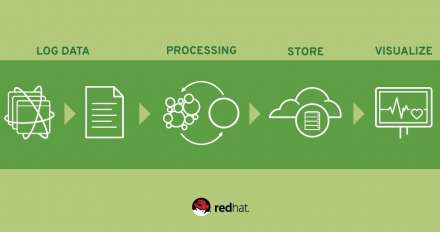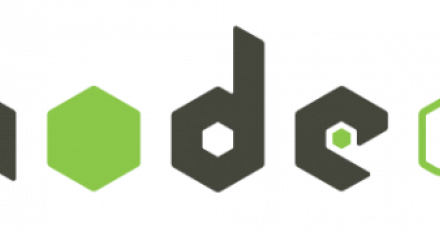
Article
Implementing a Log Collector using Red Hat JBoss Fuse and Red Hat JBoss Data Grid
Most of the time, when we think about collecting, parsing and storing Logs, the first thing that pops in our mind is the ElasticStack or ELK. It is well positioned in developer and sysadmin's minds. The stack combines the popular Elasticsearch, Logstash and Kibana projects together to easy the collection/aggregation, store, and visualization of application logs. As an Apache Camel rider and Infinispan enthusiast, I prepared this exercise to produce my own log collector and store stack using Red Hat's...







